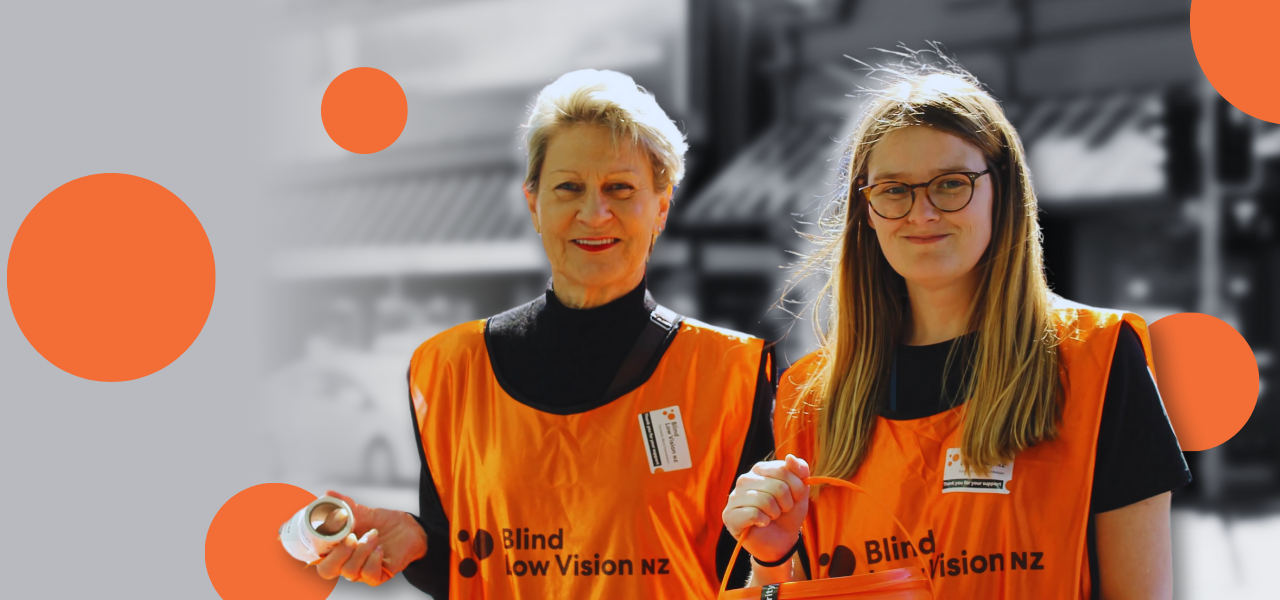New Zealand: Volunteers as the Heart of a Supportive Society
In New Zealand’s life as a whole, and particularly in supporting people with vision impairments, much is built upon the traditional views of the Māori community and what is known as whānau.
Whānau — the foundation of life

What is whānau? What is the meaning and significance of this concept for New Zealand society as a whole? And why, when speaking about assistance to blind people in this distant country, is it necessary to answer these two questions?
The main reason is that, as opposed to Australia, most assistance to blind people is based on personal connections, mutual trust, and a sense of community. In New Zealand, working with people who are partially or completely blind involves fewer formal procedures and more direct contact with those who need help. For most New Zealanders, assistance is not limited to a service; it is a natural act of caring for others. This is probably why there are so many volunteers in New Zealand who not only do what they can but are constantly there for those who need help in their daily lives.
So what is whānau? According to New Zealand’s Te Ara encyclopedia, the modern concept of whānau includes the historical experience of generations but always starts with the individual. The individual has their rights but also carries responsibilities to their family, their children, their elders, and those they are closely connected with in everyday life.
This short definition reflects what lies at the heart of volunteer and other forms of assistance in New Zealand: rights and responsibilities are inseparable here. One can marry across cultures, divorce, or simply separate from a spouse, but still retain their role and responsibility.
Blind Low Vision — The Leading Organization Supporting People with Vision Impairments in New Zealand

The largest organization supporting people with any degree of vision impairment in New Zealand is Blind Low Vision NZ. Despite being a major organization, Blind Low Vision operates flexibly, taking into account local and other characteristics of places and communities. Their approach centers on the individual, as confirmed by those it has helped.
Here is a very brief list of what Blind Low Vision offers to people in need of help:
- Help choosing adaptive technology suited to individual needs. Training and ongoing support.
- Assistance in mastering voice assistants, GPS, and other navigation devices.
- Training in moving around the city with a white cane.
There will always be a need for this traditional and essential volunteer support; it marks the start of a new life for those who have lost their vision fully or partially. One participant in Blind Low Vision’s mobility program expressed the importance of helping the blind very precisely:
“When I lost my sight, I thought I had lost the city too. But thanks to my volunteer Meg, I now know again where the pharmacy is, where the café is, and how to get to them.”
Remaining true to yourself
It is often the case that those who encounter blind people for the first time think their lives are very limited and even dull. On the one hand, this is true: the inability to move about freely — to drive to a place alone, ride a bike, or stroll to the nearest entertainment center — is indeed difficult and sometimes impossible. And yet, we must not forget that the drive to connect with others is a powerful incentive for a full life.
Of course, in a big city it is much easier to find a local community of blind and visually impaired people, where one can meet professional colleagues, take up reading or sports, or learn to cook — from traditional dishes to masterpieces of confectionery art. Volunteers help with this by being part of such gatherings and environments, helping and supporting from within the community.
Technology is not a substitute for human connection; it strengthens it. Staying yourself when your capabilities are severely limited is very difficult, and this is where the way assistance is organized, including volunteer support, can help.
For this to happen, it is necessary that:
- The focus is on people, with an understanding that each case is unique.
- Technology does not replace contact with others and the outside world, but only enhances it.
- Finally, a volunteer is not a temporary guest or an invited expert but a full-fledged helper and even a partner.
New Zealand’s example shows that the best assistance to the blind is to create a system in which a person with vision impairment feels empowered, and the volunteer helping them feels valued. What might still seem like an act of pity becomes an expression of respect.
Explore inspiring community initiatives in—check out our blog Life on the Edge of the World.
